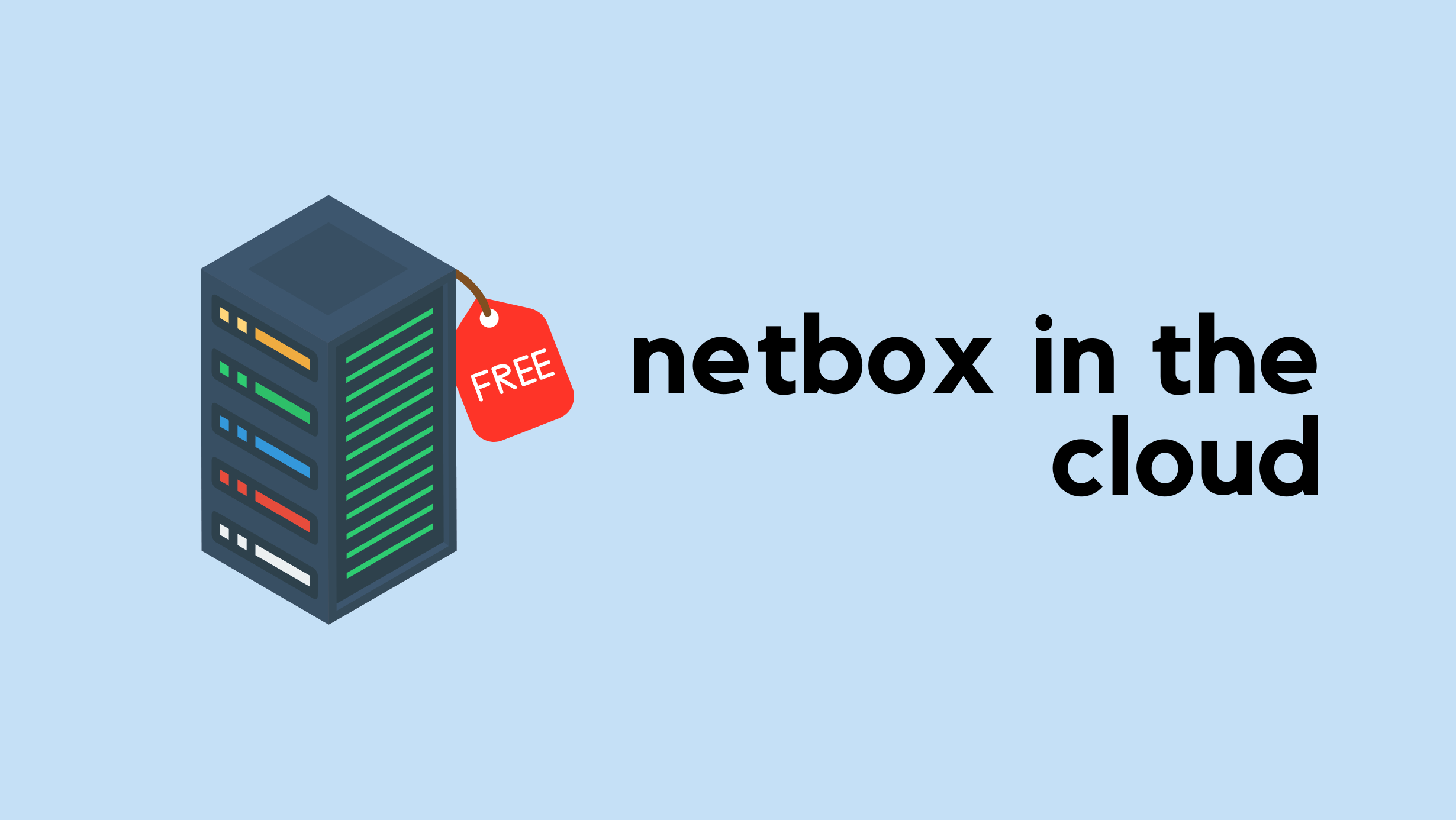NetBox in the Cloud, for Free

Yes, you read that right. NetBox Labs is now offering a generous free plan for their SaaS version of NetBox. This change is a big win for many of us who no longer need to worry about managing our own NetBox instances. With this free plan, you can take advantage of all the powerful features of NetBox without the hassle of maintenance and updates.
Why This Matters to Me?
As a blogger, I create a lot of labs and practice a lot of automation. I rely on NetBox for IP Address Management (IPAM) and other network-related tasks. Before this, I had my NetBox running as a Docker container on one of my VMs. However, there were times when I wanted to access NetBox and found out the VM was powered off. This free plan is music to my ears. There is a 100-device limit, but that's more than enough for my needs.
How to Get it?
Getting started with the free plan is as simple as going to their website and signing up for a free plan. I was up and running within a few minutes. The free plan includes up to 100 devices, 500 IP addresses, and 10k API Continue reading




